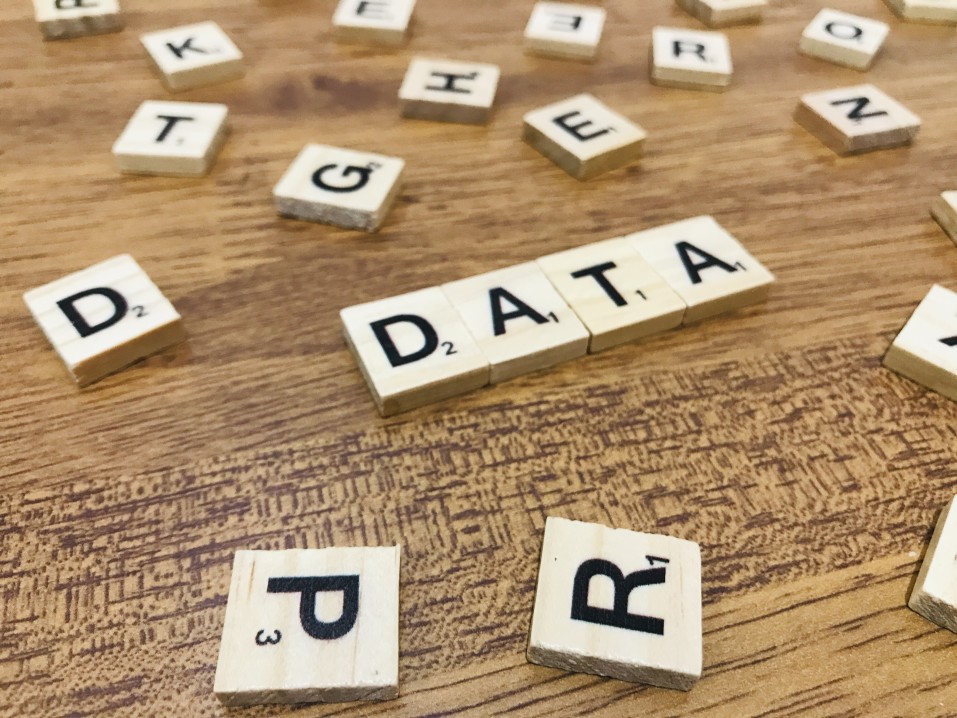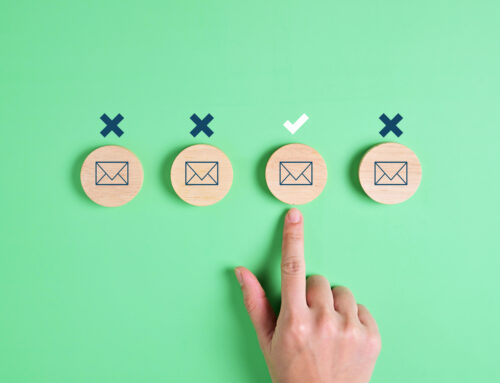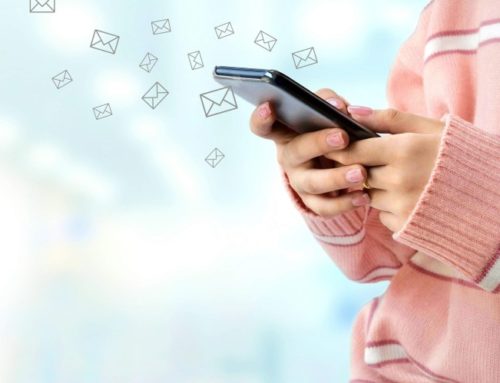
Online privacy is important, and that’s why there’s so much pushback on the collection and use of data that tracks people around on the web, known as third-party data. In response to these concerns, Apple has implemented new email privacy rules, Google is making cookies go away, and governmental privacy protections like GDPR will continue to grow.
But marketers, including nonprofits, need personal data about the people on our mailing lists in order to create the kinds of relevant and personalized messages we all expect to see in our inboxes now.
As an email sender, is there a way for you to create that personalized content while still honoring the desire for privacy? Yes, there is!
That’s where zero-party and first-party data comes in.
What is Zero-Party Data?
You may be hearing the term “zero-party data” a lot lately. To understand what it is, it’s helpful to put it in the context of other types of data.
- ZERO-PARTY DATA: Data shared by the person directly with you via setting preferences, completing surveys, etc.
- FIRST-PARTY DATA: Data you collect based on behavior and transactions (donations, email clicks, website visits if integrated with your CRM, etc.)
- SECOND-PARTY DATA: When you use someone else’s first-party data, such as a partner organization sharing data from their list with you, or from a company like Google or Facebook.
- THIRD-PARTY DATA: Data collected, aggregated, and rented/sold by brokers, primarily through cookies and third-party surveys, quizzes, etc.
Are We Ready to Collect Zero-Party Data?
Before you get ready to collect zero-party data, you need to know (1) where you are going to store it and (2) how you are going to use it.
If you don’t have a CRM, it’s time to get one, because that’s where you’ll want to store both your zero and first-party data. CRM stands for customer/constituent relationship management software. You can have standalone CRMs like Salesforce, but you can also have email and fundraising software that functions as your CRM. It holds not just contact information but other data about people too. This includes their interests and their behaviors (did they attend? donate? click that last email?).
You also need to know how you are going to use the data — otherwise, why bother collecting it? That’s just another invasion of privacy. For example, how will you use the data to better segment your mailings? Or how will you use it to drive your content marketing strategy? How will it allow you to personalize the email content you send out?
How Nonprofits Can Collect Zero-Party Data
There are lots of ways for nonprofits to collect zero-party data.
Email Registration. When you have people sign up for your newsletter or other emails, you are collecting zero-party data. If your email service has the functionality, you can start surveying or polling email subscribers and their answers will go right into those accounts so you can use the data for segmenting, etc.
Website Registration. You may want to go beyond simply signing up for emails and have people create accounts on your website. Depending on how you have it set up, you can track how people are using your website and use that to provide more personalized content to them either on the website or via email.
Surveys and Polls. Once you know what data would be most helpful to you, you can include those questions in surveys or polls to build out people’s CRM records.
Quizzes. Treat a quiz like another type of survey, just in a more game-like or engaging format. Use a quiz provider that has an integration with your CRM and you send the quiz answers right into the person’s record.
When you combine these tools with your own first-party data, you’ll understand your community so well, you won’t need to rely on second or third-party data to reach them!






